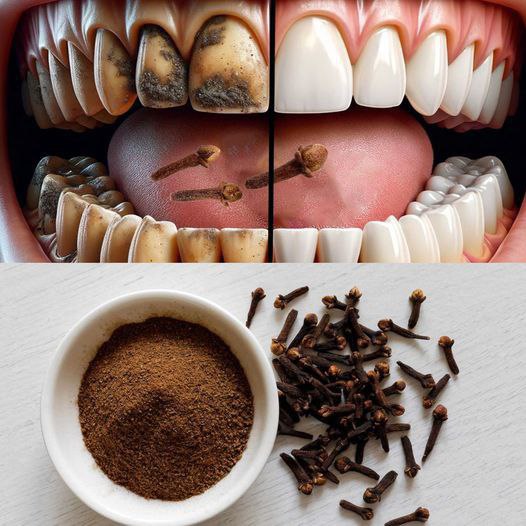Subheading: When Should You Consult Your Dentist?
While self-care measures work wonders for managing plaque, tackling tartar demands specialized attention. Only licensed professionals possess the tools necessary to scrape away hardened deposits safely. Two common procedures include:
- Scaling: A technique used to remove tartar from above and below the gumline.
- Root Planing: Smoothening rough areas on roots to discourage further accumulation.
Additionally, scheduling routine cleanings every six months ensures early detection of emerging issues. Don’t hesitate to reach out if you notice persistent symptoms despite following recommended practices.
Section 5: Long-Term Prevention Tactics
Subheading: Sustaining Success Through Consistent Effort
Prevention truly is better than cure. By adopting healthier habits, you minimize the risk of future complications. Here are five strategies worth implementing:
- Adopt a Balanced Diet: Limit intake of sugary snacks and beverages, opting instead for nutrient-rich options like fruits, vegetables, and lean proteins.
- Stay Hydrated: Drinking plenty of water encourages saliva production, which naturally washes away debris.
- Kick Unhealthy Habits: Smoking accelerates plaque formation, making quitting essential for long-term oral health.
- Upgrade Your Tools: Electric toothbrushes and interdental brushes provide enhanced access to difficult areas.
- Monitor Progress Regularly: Keep track of improvements using photographs or journal entries to stay motivated.

FAQ Section
Is it possible to fully eliminate buildup on teeth without visiting a dentist?
A: While consistent personal care helps control plaque, removing tartar typically necessitates professional assistance due to its resilient nature.
Does oil pulling genuinely assist in reducing plaque?
Research indicates that oil pulling with specific oils such as coconut may contribute positively to oral hygiene by minimizing microbial presence.
How frequently should I book appointments with my dentist?
Most experts advise biannual visits to ensure thorough examination and cleaning.
Conclusion
Your journey toward achieving pristine dental health begins now. Armed with the insights shared throughout this article, you’re equipped to tackle plaque and tartar head-on while fostering lasting habits that benefit your overall well-being. Remember, consistency is key—small changes today yield significant rewards tomorrow.
So, what’s next? Take action! Start incorporating these tips into your daily regimen and schedule that overdue appointment with your dentist. Together, let’s transform your smile into one you’re proud to share with the world.
Call-to-Action: Share your experiences or ask questions in the comments below. We’d love to hear about your progress and offer additional support along the way!

